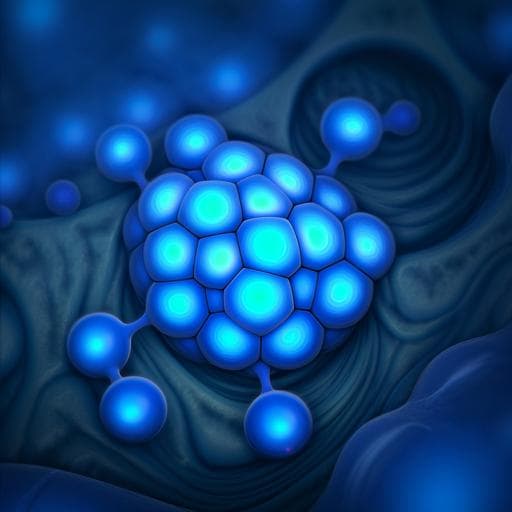
Medicine and Health
Development of graphitic carbon nitride quantum dots-based oxygen self-sufficient platforms for enhanced corneal crosslinking
M. Yang, T. Chen, et al.
Discover the groundbreaking advancement in accelerated corneal crosslinking (A-CXL) using biocompatible graphitic carbon nitride quantum dots. This study reveals how these innovative materials enhance oxygen generation and corneal strengthening, surpassing the standard protocols. Join the authors Mei Yang, Tingting Chen, Xin Chen, and their team in exploring this promising technology for corneal ectasias.
~3 min • Beginner • English
Related Publications
Explore these studies to deepen your understanding of the subject.







